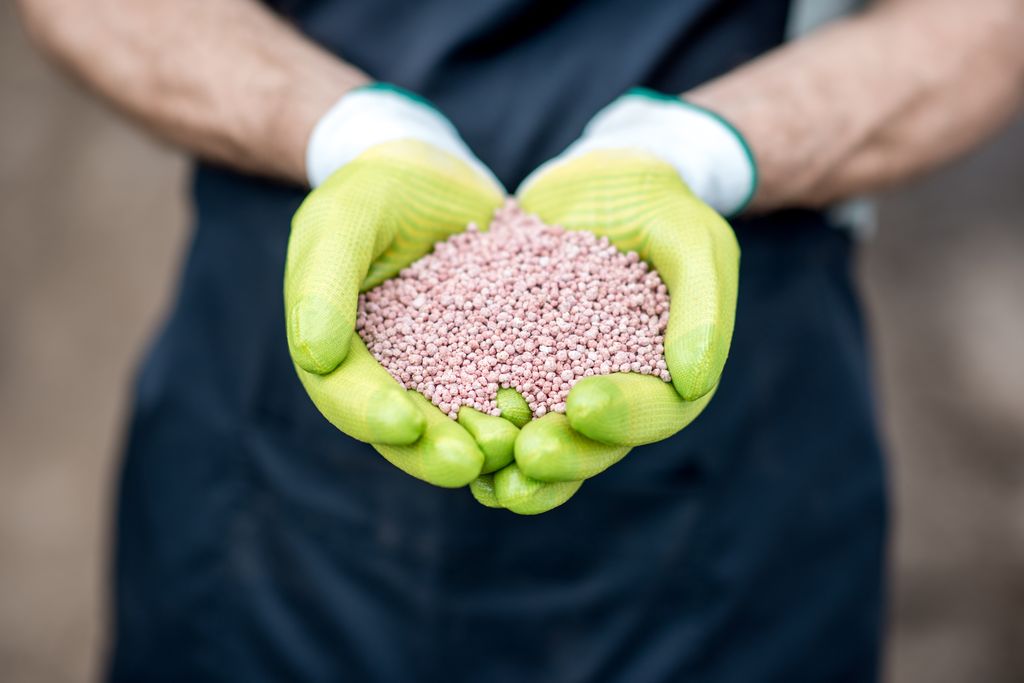- 1. Test Your Soil
- 2. Choose the Right Fertilizer
- 3. Know the N-P-K Ratio
- 4. Apply Fertilizer at the Right Time
- 5. Use the Proper Application Technique
- 6. Water Your Lawn Appropriately
- 7. Consider Organic Options
- 8. Avoid Over-Fertilizing
- 9. Address Weeds and Pests
- 10. Maintain a Regular Fertilization Schedule
- Final Thoughts
- F.A.Q
A lush, green lawn is a homeowner’s pride. To achieve this, proper lawn fertilization is key. Here are 10 essential tips to ensure your lawn is healthy and vibrant.
This post contains affiliate links. As an Amazon Associate, I earn from qualifying purchases at no additional cost to you.
1. Test Your Soil
Before fertilizing, always test your soil. Knowing its pH and nutrient levels helps you choose the right fertilizer.
Home testing kits are available, or you can send samples to a lab for a detailed analysis.
Why it matters:
- Ensures proper nutrient balance.
- Prevents over-fertilization.
Soil pH Levels and Recommended Actions
| pH Level | Condition | Recommended Action |
|---|---|---|
| < 6.0 | Acidic | Add lime |
| 6.0-7.0 | Neutral | No action needed |
| > 7.0 | Alkaline | Add sulfur or organic matter |
2. Choose the Right Fertilizer
Select a fertilizer based on your soil test results. Fertilizers come in organic and synthetic forms.
Organic fertilizers are eco-friendly and improve soil structure, while synthetic ones provide quick nutrient release.
Types of Fertilizers:
- Organic: Compost, manure, bone meal.
- Synthetic: Granular, liquid, slow-release.
3. Know the N-P-K Ratio
Fertilizers are labeled with an N-P-K ratio, representing nitrogen (N), phosphorus (P), and potassium (K).
Each element serves a specific purpose:
- Nitrogen: Promotes leafy growth.
- Phosphorus: Encourages root development.
- Potassium: Enhances overall health and disease resistance.
Example N-P-K Ratios for Different Lawn Needs
| Lawn Need | Recommended N-P-K Ratio |
|---|---|
| General maintenance | 10-10-10 |
| New lawns | 20-10-10 |
| Disease resistance | 5-10-30 |
4. Apply Fertilizer at the Right Time
Timing is crucial for effective fertilization. Generally, apply fertilizer:
- Spring: To kickstart growth.
- Summer: To maintain health during heat.
- Fall: To prepare for winter dormancy.
Tip: Avoid fertilizing during the peak of summer heat to prevent burning your lawn.
5. Use the Proper Application Technique
Uniform application ensures even growth.
Use a broadcast spreader for large areas or a drop spreader for precision.
Always follow the manufacturer’s instructions for the best results.
Spreader Types and Their Uses
| Spreader Type | Use Case |
|---|---|
| Broadcast Spreader | Large, open areas |
| Drop Spreader | Smaller, precise application |
6. Water Your Lawn Appropriately
Watering after fertilization helps nutrients penetrate the soil.
However, avoid over-watering, which can wash away nutrients.
Aim for about 1 inch of water per week, including rainfall.
Watering Tips:
- Water early in the morning.
- Deep, infrequent watering is best.
7. Consider Organic Options
Organic fertilizers improve soil health over time.
They release nutrients slowly, providing a steady supply to your lawn. Plus, they’re environmentally friendly.
Popular Organic Fertilizers:
- Compost
- Manure
- Blood meal
- Fish emulsion
8. Avoid Over-Fertilizing
Too much fertilizer can harm your lawn, causing nutrient burn and runoff pollution. Stick to recommended amounts and application schedules.
Signs of Over-Fertilization:
- Yellowing grass
- Burnt patches
- Excessive growth
9. Address Weeds and Pests
Healthy lawns resist weeds and pests. Fertilize appropriately to strengthen your grass, making it less susceptible to these issues. Integrated pest management (IPM) combines cultural, biological, and chemical practices for effective control.
IPM Steps:
- Monitor pest levels.
- Use resistant grass varieties.
- Apply targeted treatments only when necessary.
10. Maintain a Regular Fertilization Schedule
Consistency is key. Establish a fertilization schedule based on your lawn’s needs and stick to it.
Regular feeding keeps your lawn healthy year-round.
Example Fertilization Schedule
| Season | Fertilization Timing |
|---|---|
| Spring | Early and late spring |
| Summer | Early summer |
| Fall | Early fall |
Final Thoughts
A well-fertilized lawn is the foundation of a beautiful yard. By following these 10 essential tips, you’ll ensure your lawn gets the nutrients it needs to thrive. Remember, the key to a lush, green lawn is understanding its needs and providing consistent care.
Implementing these strategies will not only enhance the appearance of your lawn but also improve its health and resilience. Happy gardening!
Remember to test your soil, choose the right fertilizer, and maintain a regular schedule. Your lawn will thank you with vibrant, lush growth all year round.



